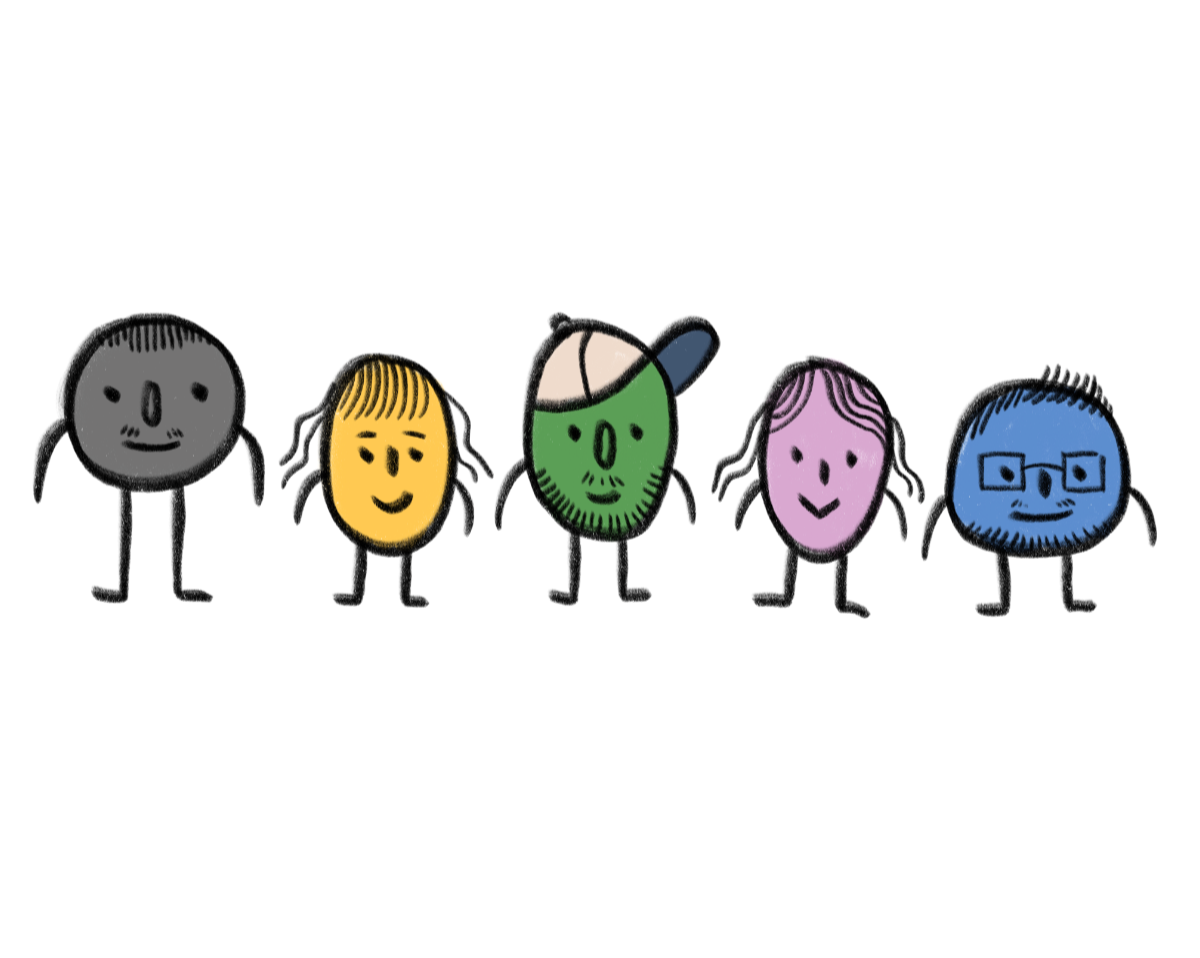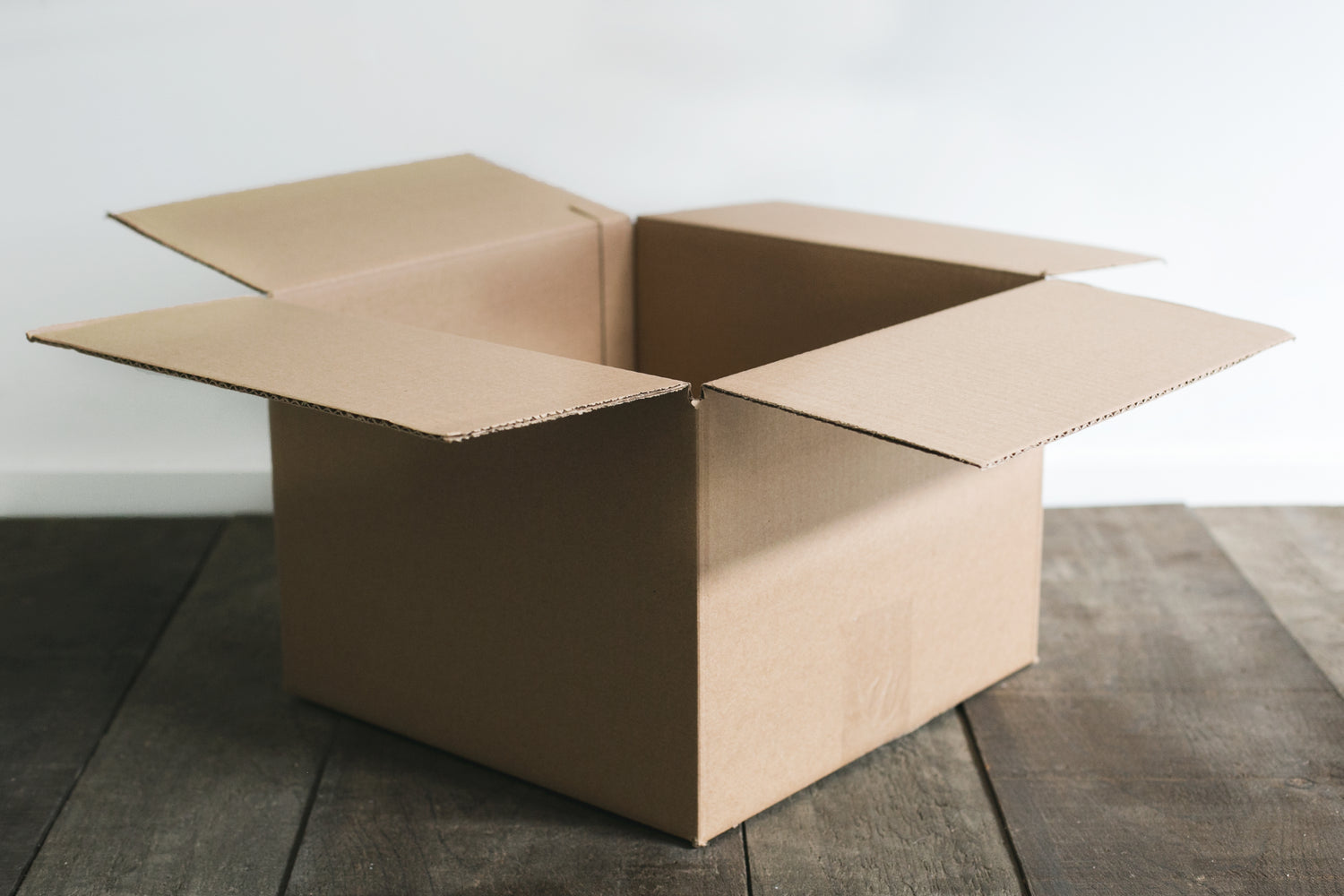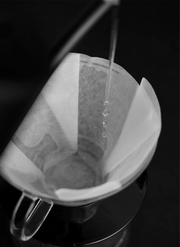A Beginner's Guide to Understanding Coffee Varieties

In order to frame our discussion about coffee varieties, we are going to follow one bean in particular — pink bourbon.
Pink bourbon has been an increasingly popular variety among farmers and roasters as its cup quality is very high. Many of the coffees we sell at Eight Ounce (including Golden Bloom, our current collab with Dak) are pink bourbon.
So what exactly is a variety, and how do we determine the distinctions between them?
To answer this question, we have to zoom out and talk about the way we categorize coffee in general. While there are many different species of coffee, there are four that share the traits we commonly think of coffee as possessing: arabica, robusta, liberica and excelsa. Out of these four, only two are produced in commercially significant quantities: arabica and robusta
Arabica makes up about 60% of coffee production world wide, and generally makes the highest quality cups of coffee out of the four.
Robusta makes up around 30% of the coffee produced, and is used more in blends as its taste is known to be quite bitter. Liberica and excelsa have very small production quantities and are mostly grown and sold in South East Asia.
99% of the coffees sold at Eight Ounce (and specialty coffees in general) are Arabica, so going forward he’s our guy. All the coffees we talk about are going to be descendants of him.
So from this point, we can break arabica beans into three main groups: the typica related, the bourbon related, and Ethiopian landraces.
Both typica and bourbon are long established varieties of arabica with traceable history in Asia, Africa, and South America. Many of the beans we know and love today are derived from these two.
All coffee species and varieties have their origins in Ethiopia. This is where coffee originated and everything we have talked about has had their start here. Bourbon and typica have been cultivated outside of Ethiopia for hundreds of years and therefore have their own genetic categories.
This is just a small sampling of the Typica-bourbon family tree. You may see some familiar faces! As you can see, even in a very simplified form it’s still a pretty tangled web. Typica and bourbon hybrids and natural mutations make up many of the arabica varieties that are grown and sold today — particularly outside of Ethiopia.
So back to pink bourbon. The story behind this variety is that a farmer in Colombia found these pink coffee cherries growing amongst his bourbon plants and concluded that they were a hybrid of red and yellow bourbon. Simple. Just a straightforward hybrid.
LIES!!
Recent genetic testing preformed in 2023 has shown that pink bourbon isn’t related to the bourbon family at all! So what is this mysterious little bean then?
That question brings us to the last category of arabica: the Ethiopian landraces.
Ethiopian landraces (or heirlooms) are arabica varieties whose genetic family are traced back to the thousands of varieties that grow naturally in Ethiopia.
Ethiopian coffees are so genetically varied from region to region and farm to farm, that they are often categorized under the umbrella terms landraces or heirlooms.
There are varieties derived from landraces that are widespread enough that they have gained official names and recognition — including the much sought after Panamanian Geisha beans!
So how did an Ethiopian landrace varietal end up on a farm in Colombia? For that, we can only guess. But it’s safe to say pink bourbon is among good company with his new coffee variety family.






